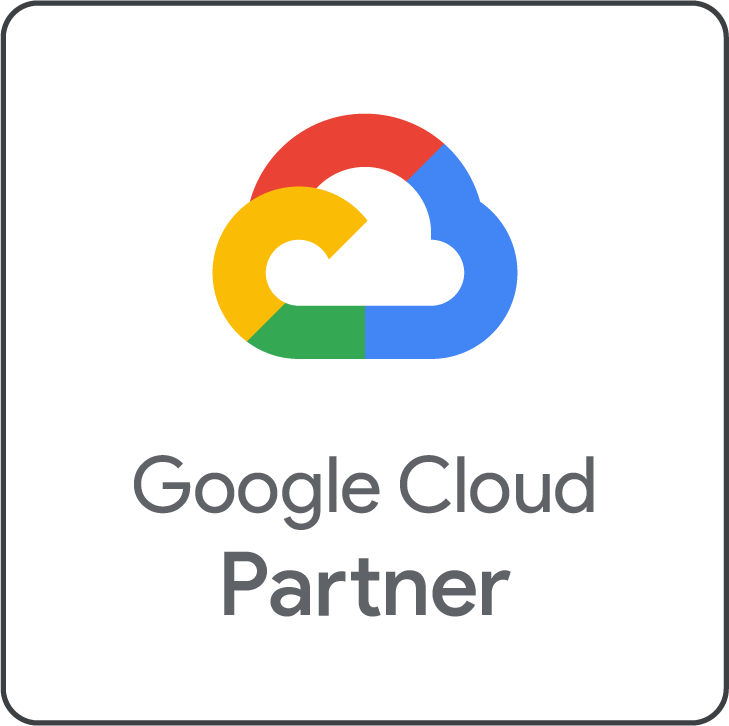Invest in business value and competitive advantage
Lately, we often read news about large established brands going bankrupt, such as Kodak, Blockbuster and Mexx. Traditional business models are under pressure. Organizations that do not change quickly enough will not survive. Google, Amazon, Uber, Netflix and Spotify come up with new business models that turn the world upside down. These organizations invest huge amounts in technology. But they are mainly concerned with doing something new. Something no one else does. Moreover, they do something that has enormous potential to earn quite a lot of money. In other words, they are focused on competitive advantage and creating business value.
Several times a week I talk with all kinds of organizations from different sectors about their expenditure on technology. Almost all organizations spend the most money on software licenses, hardware and maintenance: keeping-the-lights-on. Organizations like Uber, Netflix and Spotify spend a minimal amount of money on software licenses, hardware and maintenance. They invest in smart algorithms that give them particularly competitive advantage and bring tremendous business value.
Google and Amazon are not only investing in smart algorithms, but also spend huge amounts on hardware and maintenance. These giants have decided to make their own infrastructure part of their competitive advantage. Due to their size they are much more efficient than traditional hosting companies. They keep investing in their infrastructure and make it available to other companies, at very attractive prices.
How investments in technology can influence business value and competitive advantage will be different for each organization.
Business value vs competitive advantage
Recently, I came up with the idea of this quadrant (see image) to help organizations visualize where they spend their money on and how they can make the right decisions: when to build custom apps and when it is wiser to outsource/move to the Cloud.

Outsourcing
For many organizations it has little business value and very little competitive advantage to do maintenance on servers and software. That is why it’s better for them to outsource email and storage to a company that manages it super cheap and scalable, like Google Workspace, as shown in the lower left quadrant.
Custom configuration
The way CRM is set up or how collaboration tools are used can give a lot of business value and competitive advantage. (See the upper left quadrant.) And the best way is to choose proven solutions in the cloud, such as the Salesforce platform, and customize them to your needs.
Custom development
Some organizations choose to invest in custom apps that are particularly distinctive and can generate a lot of business value, as illustrated in the upper right quadrant. Still the maintenance of the infrastructure does not give much competitive advantage or business value. So you usually do not want to do this yourself. You could for example outsource the infrastructure to a pay-per-use and scalable service like Google Cloud Platform.
Experimenting
Some innovations may be particularly distinctive but have yet to prove their business value, as shown in the lower right quadrant. It is wise to do small experiment and with limited budget. One should continuously examine what is needed to increase business value. If successful, these experiments shift to the upper right quadrant. Some applications become mainstream and shift to the left.
It all sounds very obvious, but for many organizations the biggest share of the budget still goes to software licenses, hardware and maintenance. All not very competitive and with little business value. If organizations do not invest in technology that has competitive advantage and a lot of potential to add business value it will become increasingly difficult for them to keep the lights on.
We help organizations make the right choices for their specific situation. This model has been working really well for us to give organizations the insights needed to make those choices.





